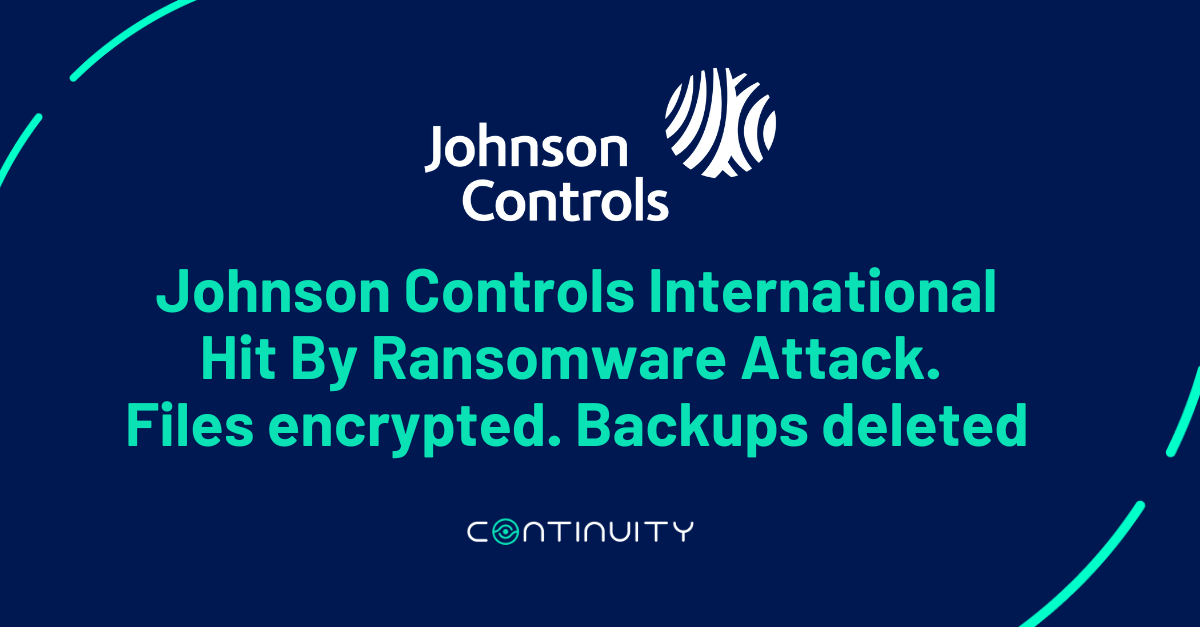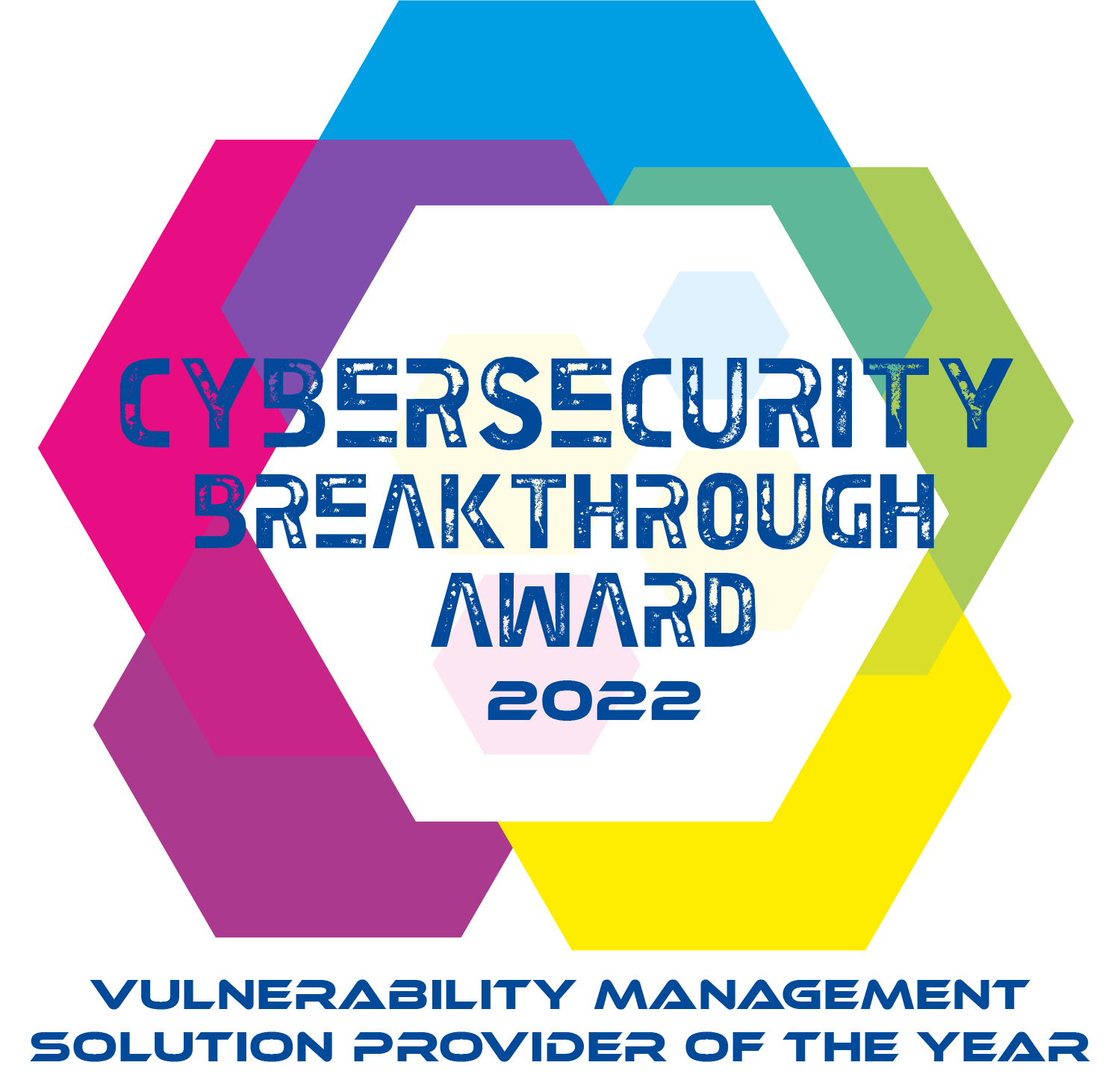Select your role
Head of Information Security
- How do I assess the security of my storage & backups?
- How do I minimize the storage & backup attack surface?
- How do I detect CVEs in my backup & data protection systems
- How do I check recoverability in case of a cyberattack?
Head of Infrastructure & Storage
- How do I track configuration changes in my storage & backups?
- How do I identify security risks in my storage & backups?
- How do I prove audit compliance of our storage & backups?
- How do I verify that our immutability solutions are securely configured?





